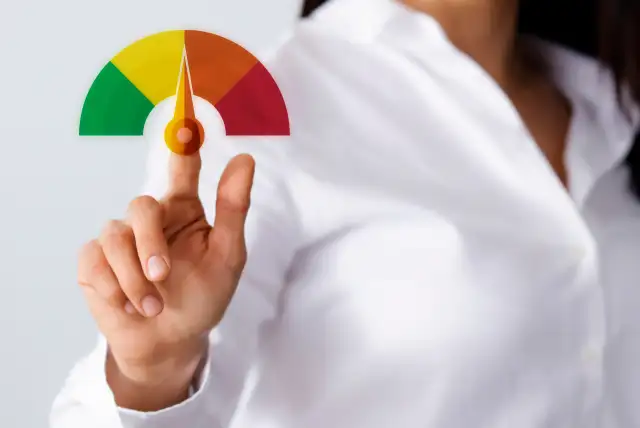If you’re applying for a loan, credit card, or even a car lease in the UAE, two terms will come up again and again: AECB score and DBR. Banks rely heavily on these indicators to decide whether you qualify for credit, how much you can borrow, and at what interest rate.
But what exactly do these numbers mean? And how do banks use them to approve or reject your application? This guide will break it down in simple terms so you can understand, and improve, your chances of approval.
What is the AECB Score?
The Al Etihad Credit Bureau (AECB) is the UAE’s official credit bureau. It collects financial data from banks, finance companies, and service providers to create your credit report and credit score.
- AECB Score range: 300 (poor) to 900 (excellent).
- What it shows: Your history of paying bills, credit cards, loans, and utilities on time.
- Why it matters: A higher score means you’re more likely to repay, so banks see you as less risky.
Example:
- A score of 750+ = very strong, likely to get approvals easily with good terms.
- A score of below 600 = high risk, many banks may reject or offer smaller limits.
What is DBR (Debt Burden Ratio)?
The Debt Burden Ratio (DBR) measures how much of your monthly income goes toward repaying debts. It’s a critical part of lending rules set by the UAE Central Bank.
- Formula:
DBR=Total monthly debt repaymentsMonthly income×100DBR = \frac{\text{Total monthly debt repayments}}{\text{Monthly income}} \times 100DBR=Monthly incomeTotal monthly debt repayments×100 - UAE rule: Your DBR cannot exceed 50% of your income.
Example:
- Salary = AED 10,000 per month.
- Current monthly loan + credit card payments = AED 4,000.
- DBR = 40% → You still qualify for more credit.
- If DBR = 55%, banks will reject any new application automatically.
How banks use AECB score and DBR together
When you apply for a loan or card, banks check both factors:
- AECB Score – to measure your reliability.
- Low score? Higher chance of rejection.
- Medium score? Bank may still approve but with lower credit limit or higher interest.
- Low score? Higher chance of rejection.
- DBR – to check affordability.
- Even with a high AECB score, if your DBR is already above 50%, the bank legally cannot approve new credit.
- Even with a high AECB score, if your DBR is already above 50%, the bank legally cannot approve new credit.
👉 In other words:
- High AECB + Low DBR = Excellent approval chance.
- High AECB + High DBR = Rejected (due to Central Bank rules).
- Low AECB + Low DBR = Risky; bank might reject or offer limited credit.
Other Factors Banks Consider
Alongside your AECB score and DBR, banks may also review:
- Employment stability: Longer time with the same employer = lower risk.
- Income type: Salary from a recognized company vs. variable freelance income.
- Nationality and residency: Some products have requirements for UAE residents only.
- Age: Minimum age 21 for most credit products; maximum age caps for loans.
How to improve your AECB score
If your score is holding you back, here are quick ways to build it:
- Always pay bills and credit cards on time — even a few days late can hurt your score.
- Keep your credit utilization (the % of limit you use) below 30%.
- Avoid applying for too many loans or cards in a short time.
- Pay off old debts before requesting new credit.
How to manage DBR for better approvals
- Pay down existing loans: Reduce installments to free up DBR space.
- Avoid minimum payments only: On credit cards, try to pay in full; otherwise, debt piles up.
- Consolidate debts: One personal loan with a longer term may reduce your monthly DBR.
- Don’t overextend: If you’re close to 50%, wait until you’ve paid off part of your debt before applying again.
The bottom line
In the UAE, your AECB score and Debt Burden Ratio are the two pillars of credit approval. Banks want to see:
- A good score (650–750+) proving your reliability.
- A DBR under 50% proving you can afford new credit.
If either one fails, your application will likely be rejected, even if you think you can handle the payments.
The smart move is to check your AECB report regularly, pay on time, and keep your DBR low. That way, when you apply for your next credit card, car loan, or mortgage, you’ll be in the strongest possible position to get approved.

